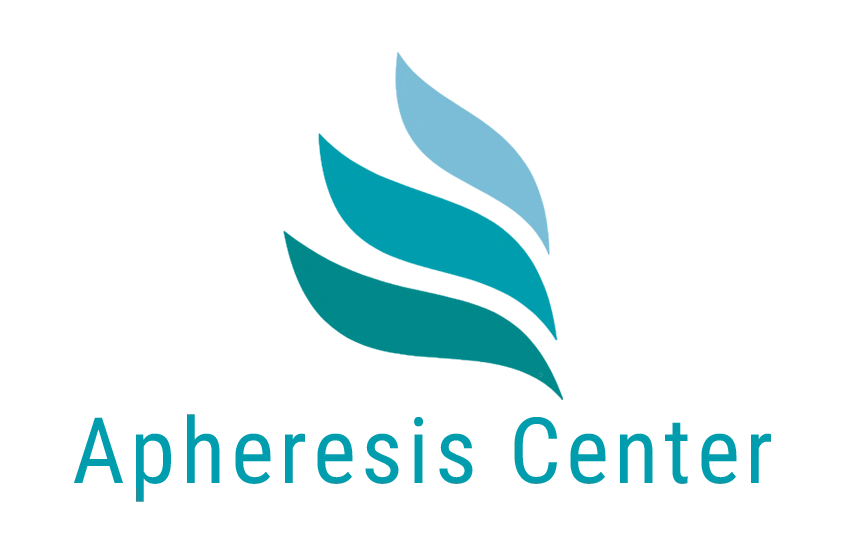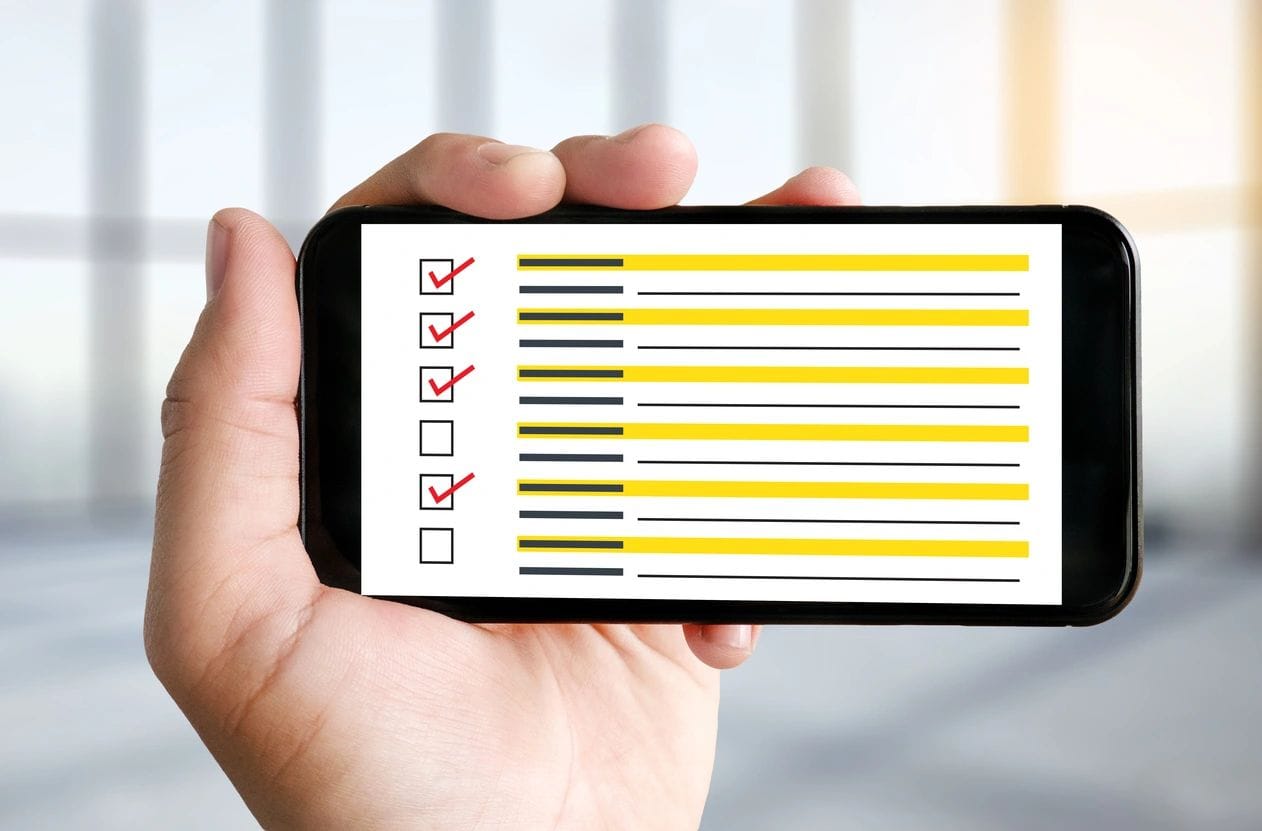Автор: Таня Вальсер
High–functioning fatigue describes a complex and often misunderstood experience – one where individuals with ME/CFS or Long COVID continue to engage in work, caregiving, or social life, despite significant underlying exhaustion. From the outside, they may appear “fine” – still showing up, still getting through the day – but this effort comes at a cost.
Rather than resting because they are tired, many are pushing through because stopping feels impossible. This kind of fatigue isn’t resolved with a weekend lie–in or an early night – it is a persistent, systemic exhaustion that affects every part of life. And for those navigating this while maintaining a degree of outward functionality, the internal toll is often invisible to others.
What Does High–Functioning Fatigue Look Like?
This state sits between the more recognisable end of illness – where people are visibly unwell or bedridden – and full health. It’s often marked by:
– A patchy ability to engage in daily life, which may vary drastically from day to day
– Post–exertional symptom worsening (PEM) – often delayed – after seemingly normal activities
– The ability to “mask” fatigue for brief periods, especially in work or social settings
– Increased recovery times, cognitive fog, and unpredictable crashes
The contradiction lies in maintaining routines – working part–time, attending meetings, caring for children – while operating from a severely depleted energy reserve. Every decision becomes an energy trade–off. Laundry or a walk? Cooking or answering emails?
Why It’s So Often Misunderstood
Because there’s still output – still effort, still movement – high–functioning fatigue can be dismissed as laziness, burnout, or even perfectionism. Those around may say, “You don’t look sick,” or “You’re still managing, so how bad can it be?”
The result? People often minimise their own symptoms. They keep pushing through, believing they just need to try harder, rest more on weekends, or adjust their mindset. But unlike typical tiredness, this kind of fatigue doesn’t respond to common recovery strategies. And over time, pushing through can come at the expense of deeper healing.
Practical Strategies for Supporting Energy Balance
Living with high–functioning fatigue doesn’t mean accepting stagnation – but it does require working with your energy, not against it. Here are some approaches to support daily functioning without exacerbating symptoms:
1. Shift From Task–Based to Energy–Based Planning
To–do lists are typically based on what needs to get done. But with limited energy, it helps to start by asking: How much energy do I have today – and what’s the best way to use it?
Try framing days around energy capacity rather than productivity. This shift alone can reduce crashes and improve predictability.
2. Use Energy Mapping to Spot Patterns
Instead of a rigid schedule, track fluctuations over a week or two – noting when you tend to dip, when crashes occur, and what precedes them. You may find that even subtle changes in temperature, screen time, or emotional stressors have a knock–on effect.
This awareness can help create rhythms that protect energy rather than drain it.
3. Move Gently – If Movement Feels Possible
Exercise in the conventional sense is often inappropriate. But movement – when tolerated – may support circulation, lymphatic flow, and mood. This could be as simple as stretching in bed, a few minutes of floor–based mobility, or a slow walk.
The key is to stay under your personal exertion threshold and not chase progress. Movement is only helpful if it doesn’t worsen symptoms.
4. Focus on Blood Sugar Stability
Protein is key for steady energy – it slows digestion and helps maintain blood sugar levels. Prioritise quality protein sources like lean meats, fish, eggs, legumes, and plant–based alternatives.
Alongside protein, fibre–rich foods such as vegetables, whole grains, and legumes contribute to slower glucose absorption, preventing rapid spikes and crashes. Healthy fats – from sources like olive oil, avocado, nuts, and seeds – also support stable energy and hormone balance.
Limiting refined sugars and highly processed carbohydrates reduces the risk of blood sugar swings that can worsen fatigue and cognitive fog. Combining protein, fibre, and healthy fats in meals supports a more consistent energy supply throughout the day.
5. Simplify Decision–Making
Cognitive fatigue can be as draining as physical activity. Simplifying choices – whether that’s creating a weekly meal template, wearing the same outfits on rotation, or automating errands – frees up bandwidth for what truly matters.
Think of it as reducing background noise. The less you’re switching gears, the more capacity you have to manage what’s essential.
6. Make Rest Intentional, Not Just Reactive
Rest isn’t just what you do when you’re too tired to continue – it’s something that can be proactively scheduled, even on better days. Short, structured rest breaks (10–20 minutes), ideally before symptoms escalate, are often more restorative than collapsing after the fact.
Rest can be lying down in silence, guided relaxation, or simply turning off stimulation. It isn’t passive – it’s strategic.
7. Reframe Progress
In a world that celebrates doing more, resting can feel like failure. But progress might look like fewer crashes, more stability, or less fear around activity. These are signs of a system becoming less reactive – even if outward productivity hasn’t changed.
Track what’s changing over months, not days. Fatigue often improves slowly, and small shifts matter.
Living with high–functioning fatigue means navigating complexity – but it also offers a chance to redefine how you engage with your energy and health and explore personalised ways to support improved function and gradual recovery.
If you’re curious about how functional medicine health coaching could help in your own Long COVID recovery, Tanja offers a free 20-minute conversation to explore what next steps might feel most supportive for you. Click here to book a time that suits you.



Leave a Reply